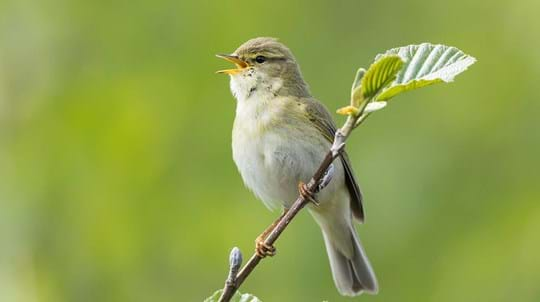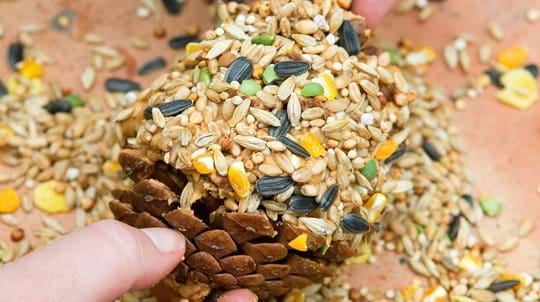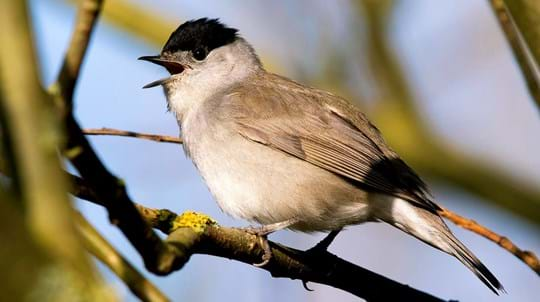
Credit: Ian Redman / WTML
How do blackcaps breed?
Breeding birds arrive in the UK in the spring, building cup-shaped nests in shrubs and hedges. Four to five eggs are laid from late April to June, and hatch 11–12 days later. The chicks will fledge around 12–14 days after hatching, and are assisted with feeding for a further two–three weeks.













